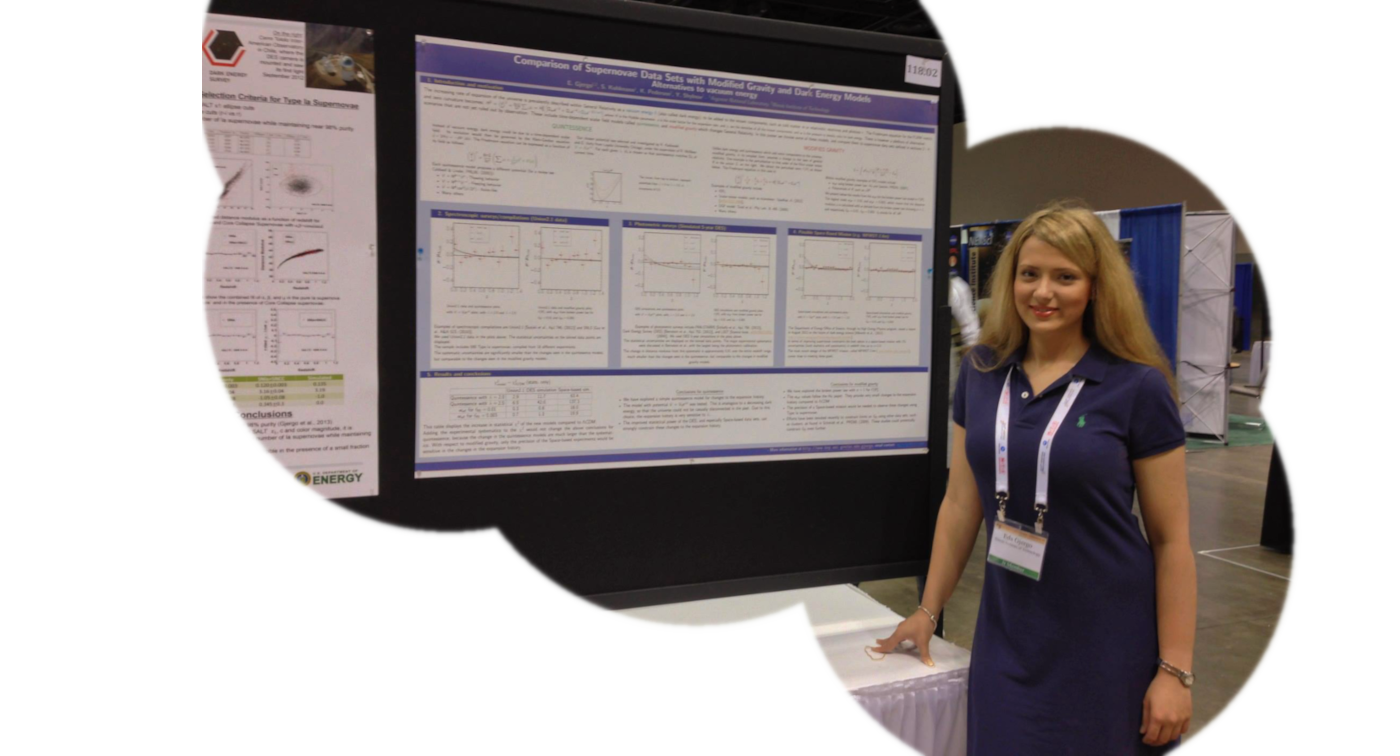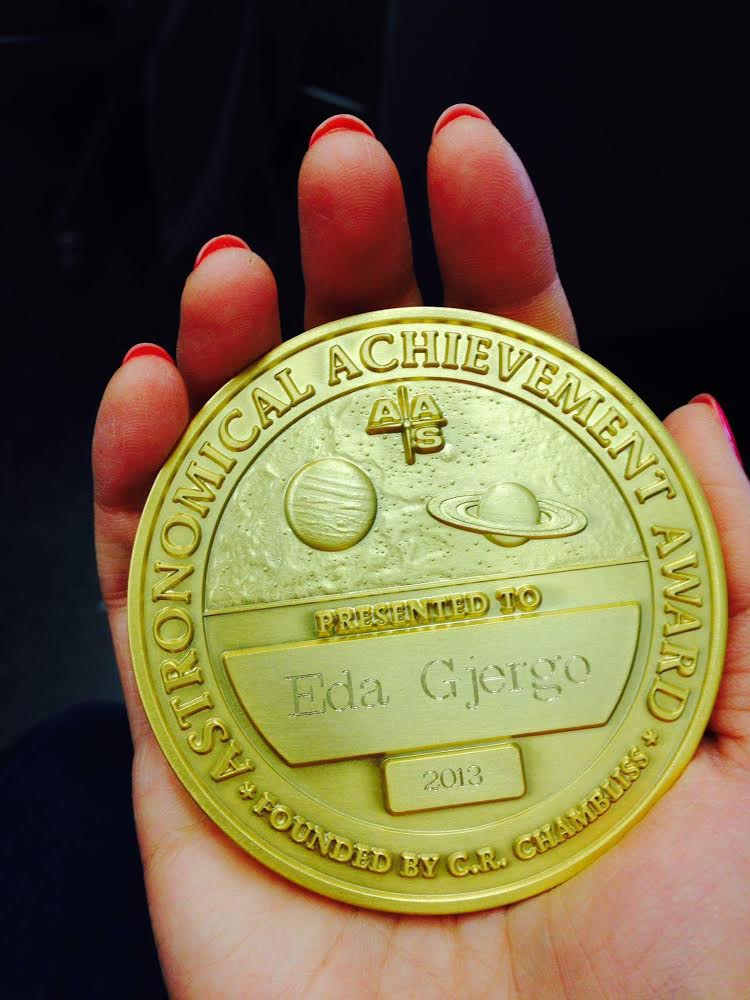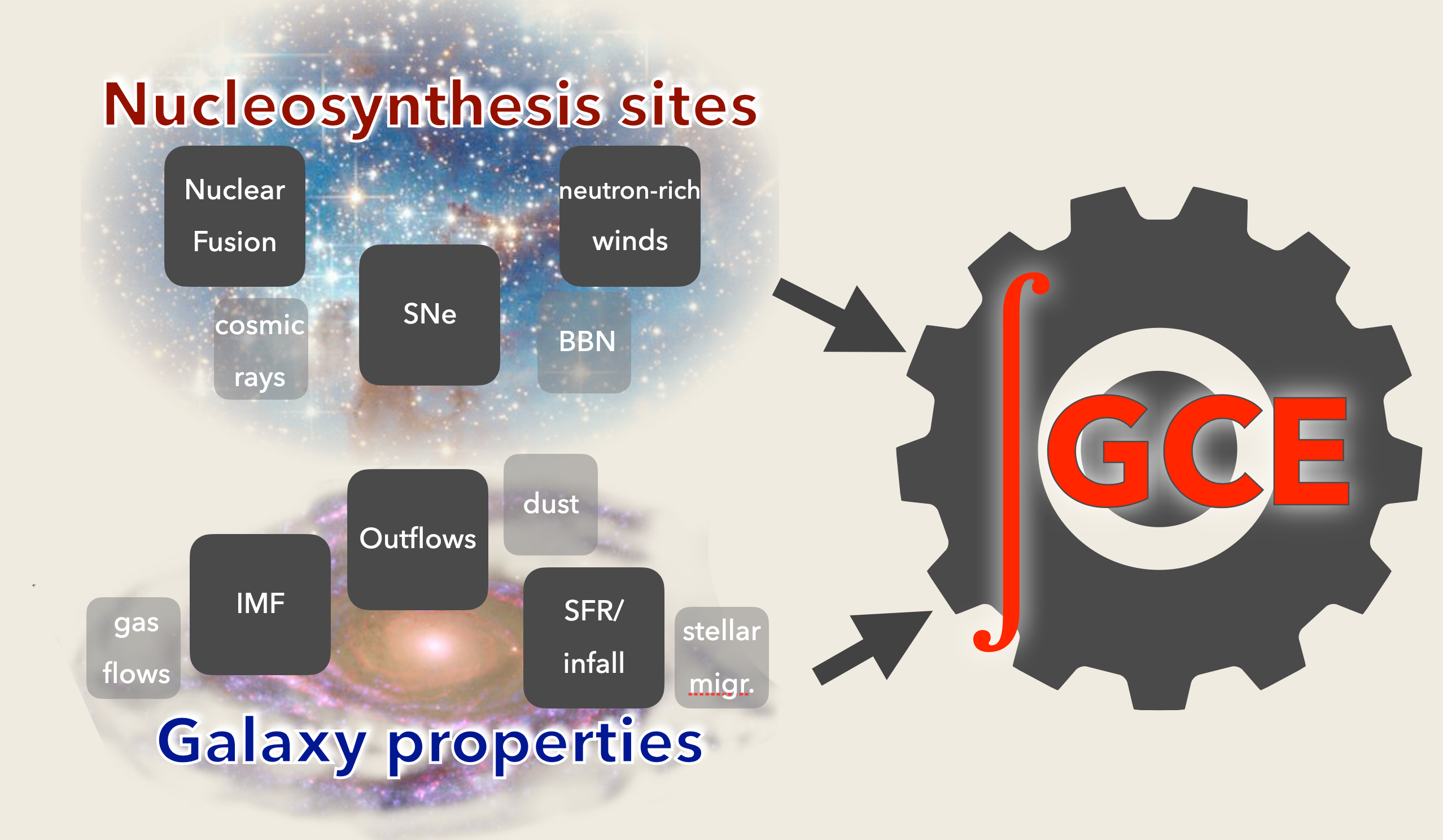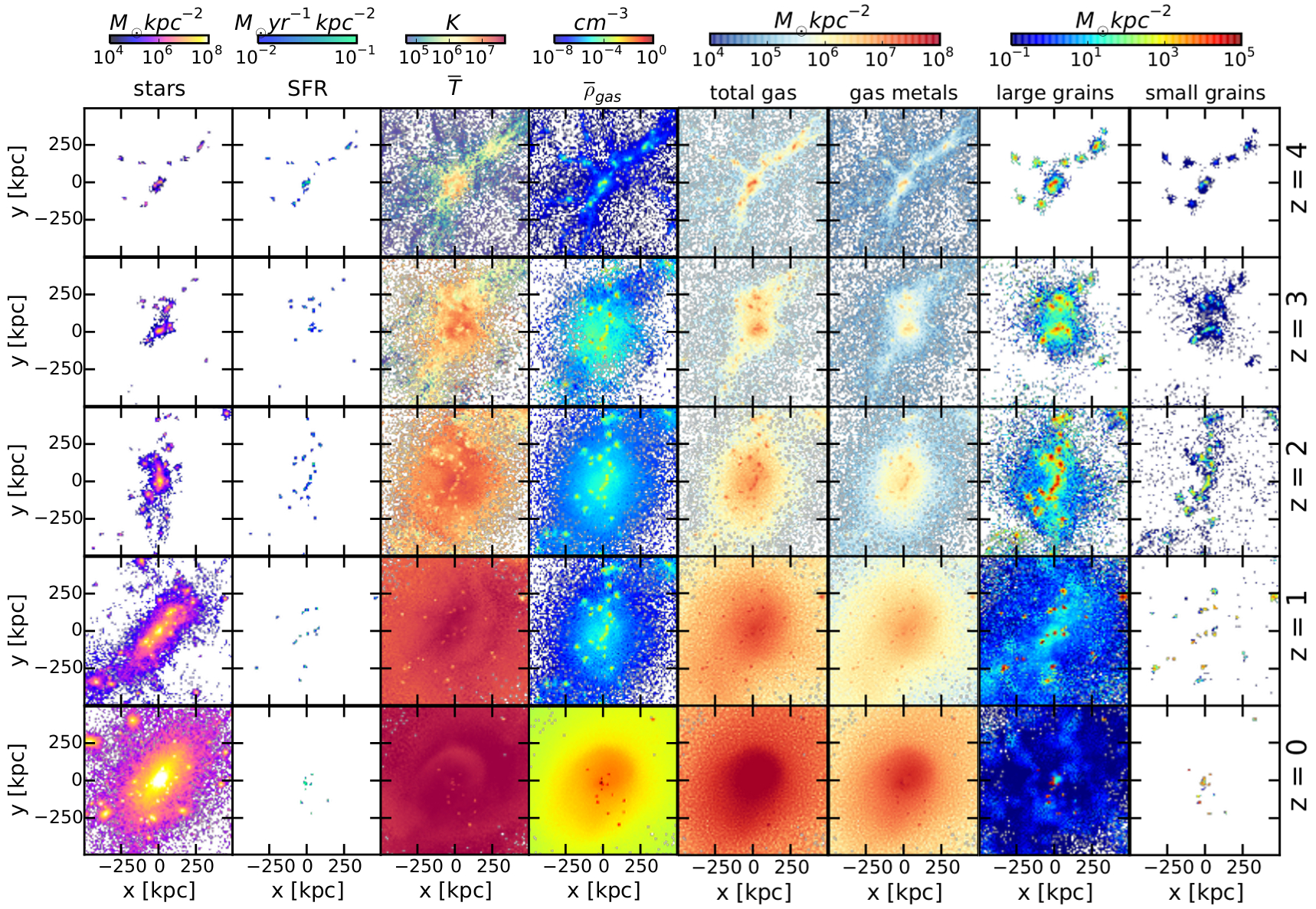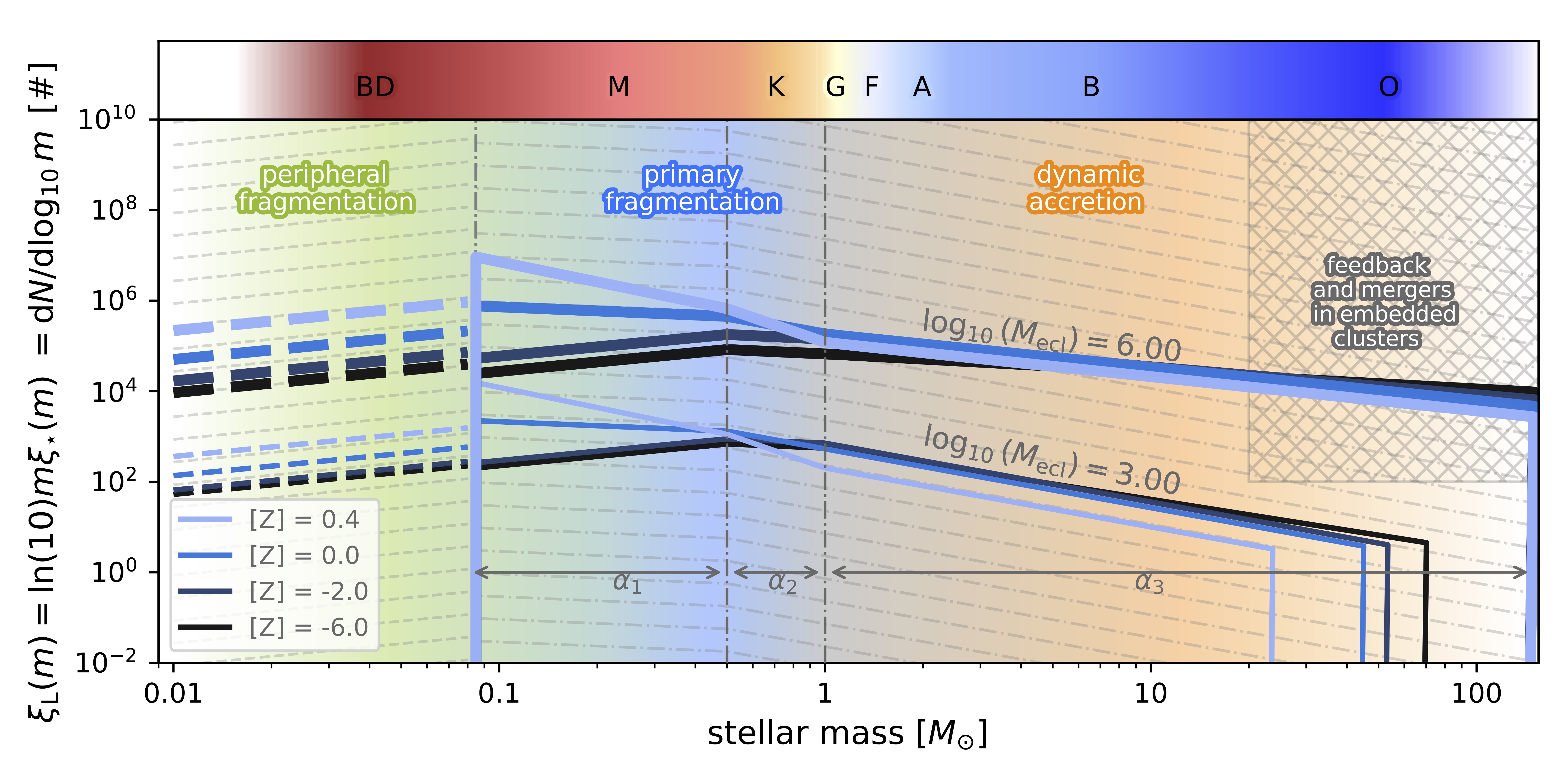
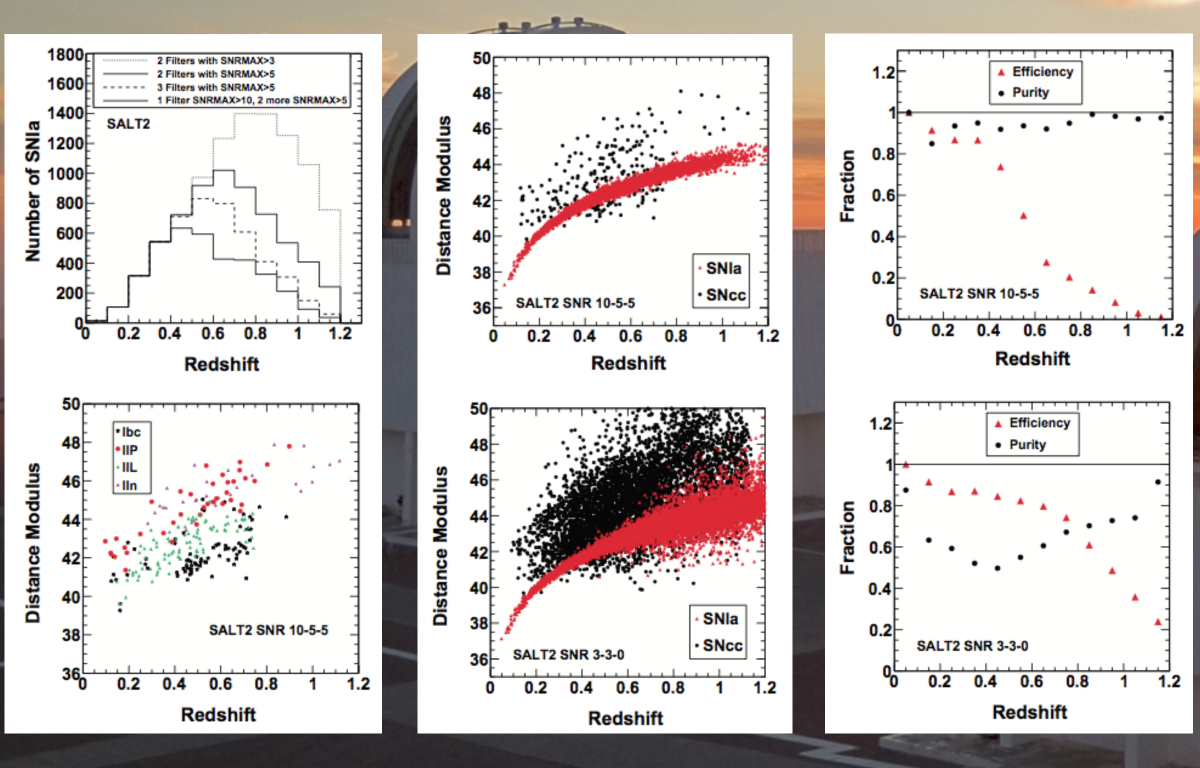
Undergraduate work (Argonne National Lab, USA)
- Introduction to Supernova Cosmology
- My projects
- Forecast of Cosmology Constraints for DES with Type Ia Supernovae (& SN selection criteria)
- Analytic photometric redshift estimator for SNIa with LSST
- Uncertainties in Core Collapse Supernovae Simulations
- Alternatives to Vacuum Energy with Supernova Cosmology
- Impact on Supernova Cosmology of filter transmission for LSST
You can access my ANL page at the following link
From Fall 2011 to Summer 2015 I conducted research in the Supernova Cosmology Group within the HEP division at Argonne National Laboratory (Chicago, IL) with Steve Kuhlmann.
Introduction to Supernova Cosmology
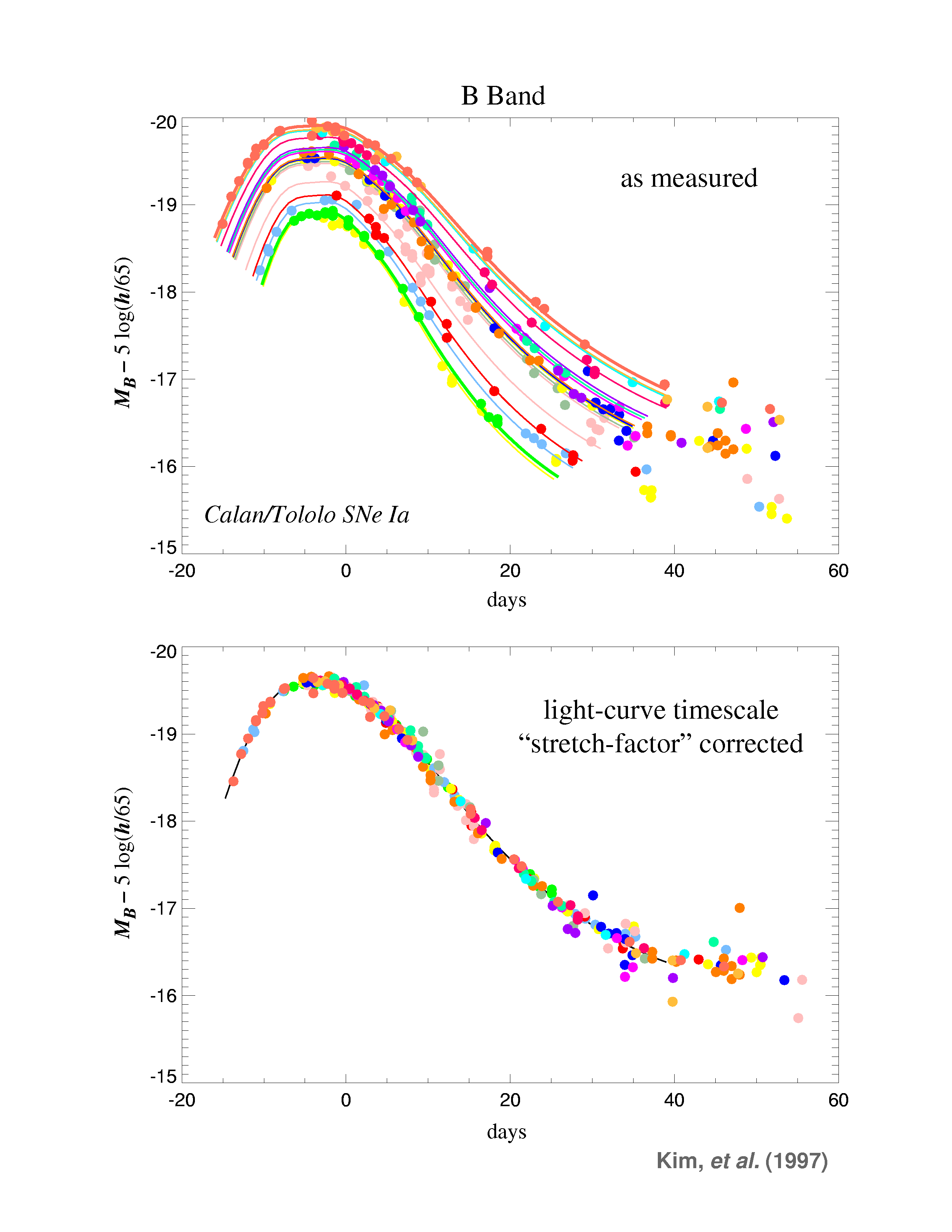
The use of Type Ia supernovae has lead two teams -- the Supernova Cosmology Project and the High-z Supernova Search Team -- to the independent discovery of the accelerated expansion of the Universe. The discovery was later acknowledged with the 2011 Nobel Prize in Physics, awarded to Saul Perlmutter, Brian P. Schmidt, and Adam G. Riess.
The milestone plot on the right is from the Supernova Cosmology Project (a study on a spectroscopically-identified sample of Type Ia SNe, collected and analyzed between the 1990s and the early 2000s)
Not all Type Ia SNe are standard candles in the sense that they all have the same absolute magnitude (y-axis), there is some dispersion (top plot). But fortunately, supernovae with lower absolute magnitude grow dimmer faster than the ones with a higher absolute magnitude. Type Ia SNe are standardizable in the sense that, when “stretched" to an absolute magnitude of -19.5, their light curves tend to align to roughly the same shape (bottom plot). This corrected magnitude is the “cosmic light bulb”.
A clear explanation of the computation of the stretch factor can be found in section 5.4 (page 10) of the Supernova Legacy Survey ADS link
My projects
I worked on the following projects:
First-author publication
Tested a possible time-dependence of Dark Energy when described by the CPL parametrization. Within the framework of Supernova Cosmology, we investigated photometric selection criteria that would distinguish Type Ia Supernovae from Core Collapse Supernovae in Dark Energy Survey Camera data. We developed a Figure of Merit to forecast the constraints of interest. Publication on Astroparticle Physics.
Second publication (co-author)
Collaborated in the improvement of an analytic photometric redshift estimator for Type Ia supernovae from the Large Synoptic Survey Telescope. Publication on MNRAS
Uncertainties in Core Collapse Supernovae Simulations
Cosmology Biases in the Analysis of Future Supernova Surveys
Alternatives to Vacuum Energy constrained with supernova Type Ia data sets
Investigated alternatives to Vacuum Energy as possible causes for the observed accelerated expansion of the Universe in recent epochs. At the 222nd AAS Meeting, I was awarded with the Chambliss Medal for this project. ADS Poster entry.









Impact on Supernova Cosmology of filter transmission for LSST
Initiated a preliminary study of the six optical ugrizy4 filters for the Large Synoptic Survey Telescope (LSST, now renamed Vera Rubin Observatory’s Legacy Survey of Space and Time), and their impact on supernova science. I was awarded with an Honorable Mention for the Chambliss Award at AAS the following year. ADS Poster entry.
Chambliss Medal
In June 2013 during the 222nd AAS Meeting, I was awarded with the AAS Chambliss Medal – the most prestigious research award for undergraduate astronomy students in North America – due to our work in the use of supernova mock data to explore alternatives to Vacuum Energy as the source for the accelerated expansion of the late Universe. The following year, I received an honorable mention at the same contest (for the 223rd AAS Meeting) for our filter study for LSST.
